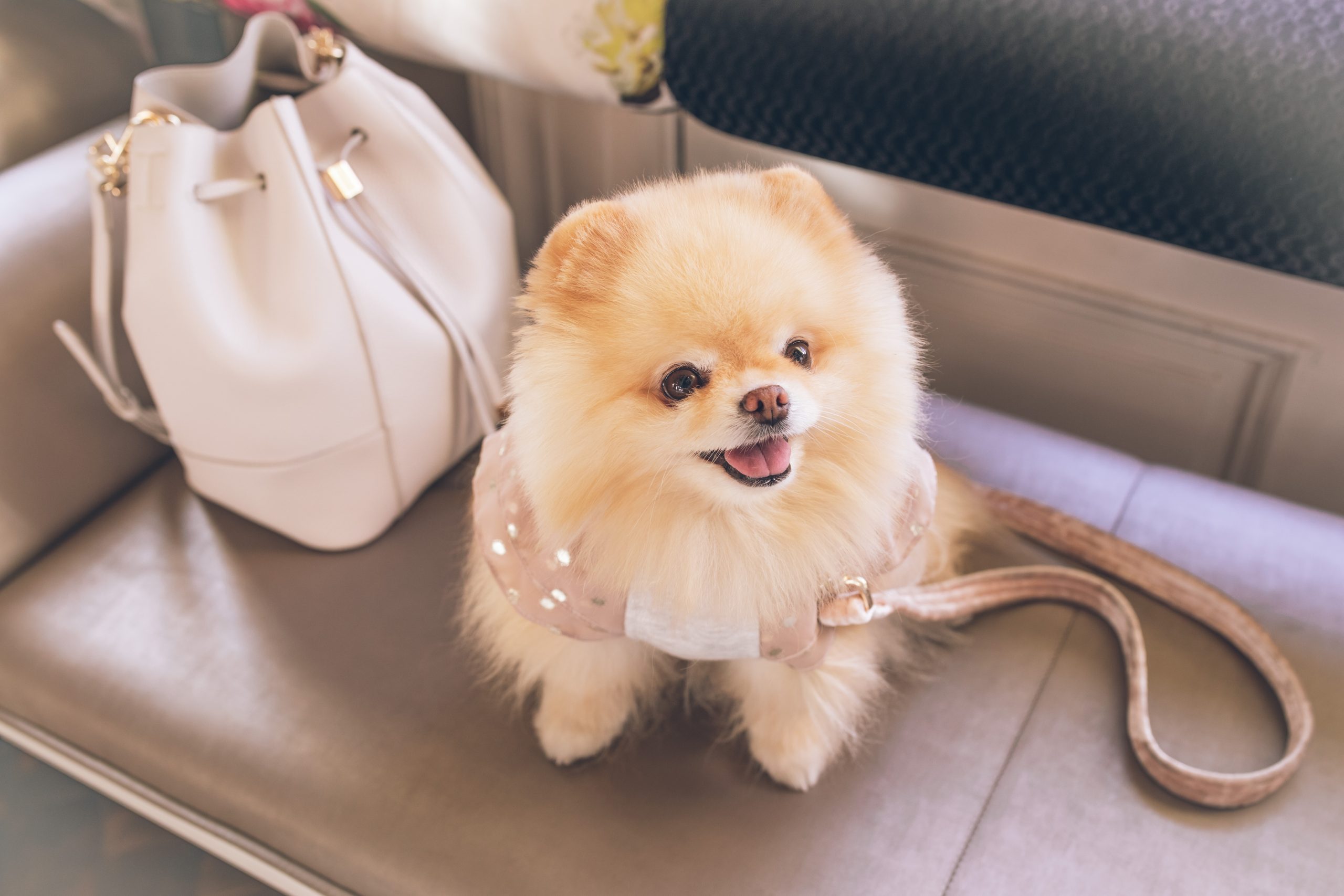Since the dawn of the internet, humans have been using it to look at cute, funny animals. The I Can Has Cheezburger? and Keyboard Cat memes are retro at this point. Social media has given us the ability to vastly up our consumption of animal content. My Tiktok feed is at least 50% cat videos, and I know I’m not an anomaly. From stylish and adorable ‘pet influencers‘ to heartwarming animal rescue stories, animal content is some of the most consumed and shared across social media.
Few people stop to consider the negative effects of this on the animals themselves. Social media trends have lead to a wide variety of animal abuse. This is only getting worse as pet ownership becomes more popular, and pet influencers bring in more cash. The Social Media Animal Cruelty Coalition (or SMACC) was created in response to the growing damage social media is causing to the world’s animals. I’ll be outlining some of their specific concerns here.
I’ll start with the obviously damaging content:
A report from SMACC from between September 2021 and September 2022 found hundreds of videos with billions of views across social media platforms, showing wild animals being kept as pets and tortured by their owners. This ranges from physical abuse and psychological torment, to unsuitable living conditions and damaging diets. These are videos social media platforms won’t take down, because they allegedly don’t violate community guidelines. They don’t have much motivation to. People love the videos, and large numbers of views make money for both content creators and platforms from ad revenue. These videos also encourage others to acquire, often illegally, these endangered wild animals as pets. For example, chimpanzees, slow lorises and big cats are all becoming popular pets because of social media trends, and they will suffer immensely outside of their natural habitats.
Then there’s the issue of fake animal rescue videos. Despite YouTube banning these in 2021, the animal rights NGO Lady FreeThinker found they were still failing to identify and remove videos, and filed a lawsuit against YouTube (ongoing). These videos involve animals in peril, for example a drowning dog or something cute being attacked by a villainous (less cute) predator. Then someone will step-in in the nick of time and rescue the imperilled creature. Queue a million views. In reality, these are pets or captive wild animals thrown into these situations for videos. Campaigners found that these videos tend to follow the same formula, feature suspiciously similar animals over and over, and are often coming from the same account. Things like animals not behaving as they would naturally (e.g. nocturnal but out in the day or going for unusual prey) are also signs of a faked animal rescue.

Then we have the less-obvious problems.
Domesticated animals on social media can also face a tough time. If there’s fame and money to be made, people will behave unethically. Some may get pets for the express purpose of showing them off online, like an accessory. Others will put them in distressing or uncomfortable situations to go viral, like dressing them up or intentionally scaring them. A lot of pet content is not made with the animals’ best interests in mind. I’m not claiming that everyone who makes content with their pets are abusing them. However, we increasingly see these cruel behaviours on social media, and we can’t allow them to be normalised.
Speaking of normalised, social media also contributes to which pets are in vogue. For example, the noughties saw a massive rise in people getting ‘micro’ and ‘teacup’ pigs. Mini pig popularity rocketed after YouTubers started getting them as pets. What wasn’t often made clear was that these mini pigs weren’t like teacup dog varieties: they didn’t stay small. People were buying very young piglets that would grow into very large adult pigs. Not expecting this, and unable to deal with this, owners would then abandon them at rescues and farms.
Then there’s the effects on pet breeding. If a breed becomes popular online, they become popular to buy. Breeders will adopt cruel breeding practices to make as many animals as possible to fulfil the demand. Inbreeding and health problems are rife in this situation. Breeds that commonly suffer terrible health problems, such as brachycephalic dogs or Scottish Fold cats, tend to go viral because people think their damaging attributes are “cute”. The more popular they are, the more they’re bred, and the more they suffer. Norway and The Netherlands have both banned the breeding of these animals because of the cruelty of it.
Stopping the rise of animal cruelty through social media is going to take some self-discipline.
The less we interact with cruel animal content on social media, the less it will occur. People are generally only making this content for the money and attention it generates. Us watching it, ‘like’-ing it and sharing it encourages the creators to make more. In addition, recognising cruelty and reporting it is also important. The SMACC website goes into greater detail about what I’ve discussed today, and gives advice on recognising and reporting incidents of animal cruelty spotted on social media. I highly recommend checking it out.
Of course, the best way to avoid interacting with cruel animal content on social media is to not be on social media. It has always been LifeBonder‘s goal to help people break away from a life wasted on social media, and animal cruelty is yet another reason to do so. Animal cruelty for human entertainment will always be hard to eradicate completely, but we can at least try and reduce the scale of the problem.
